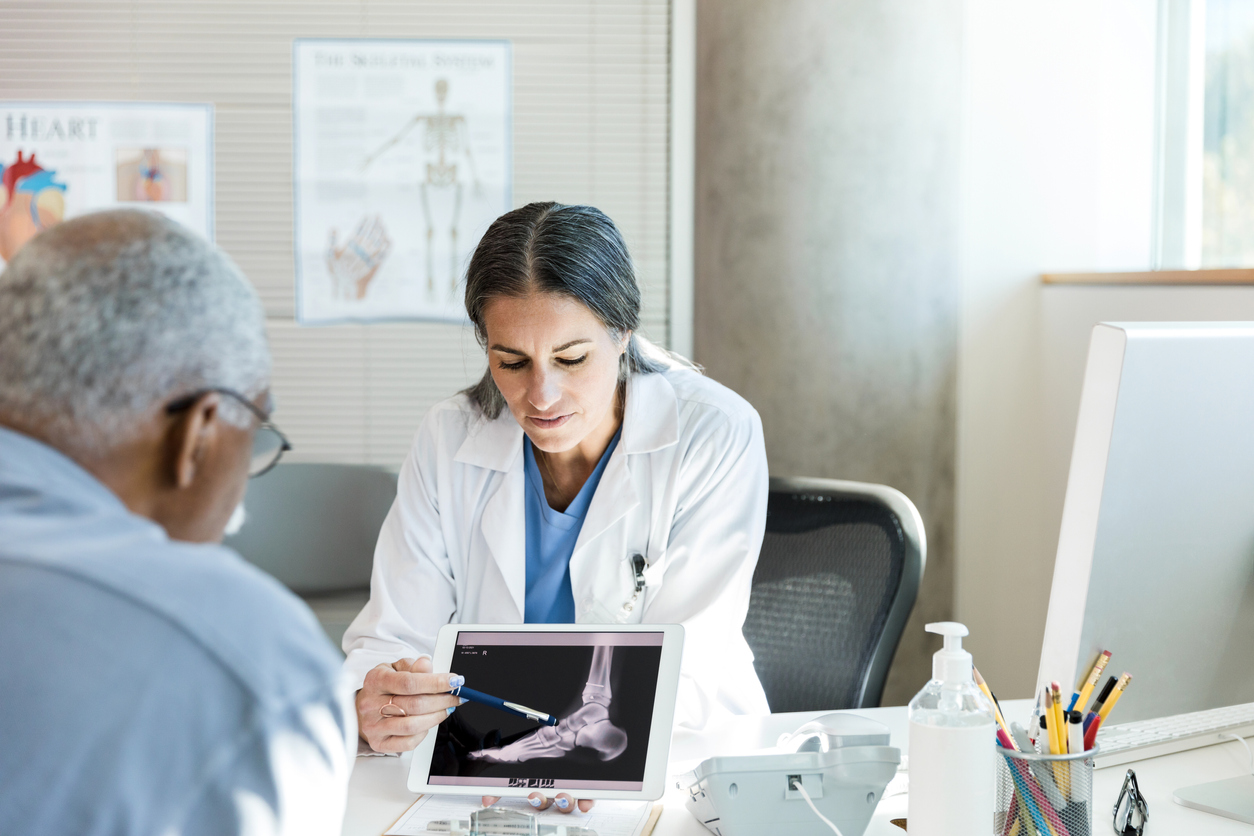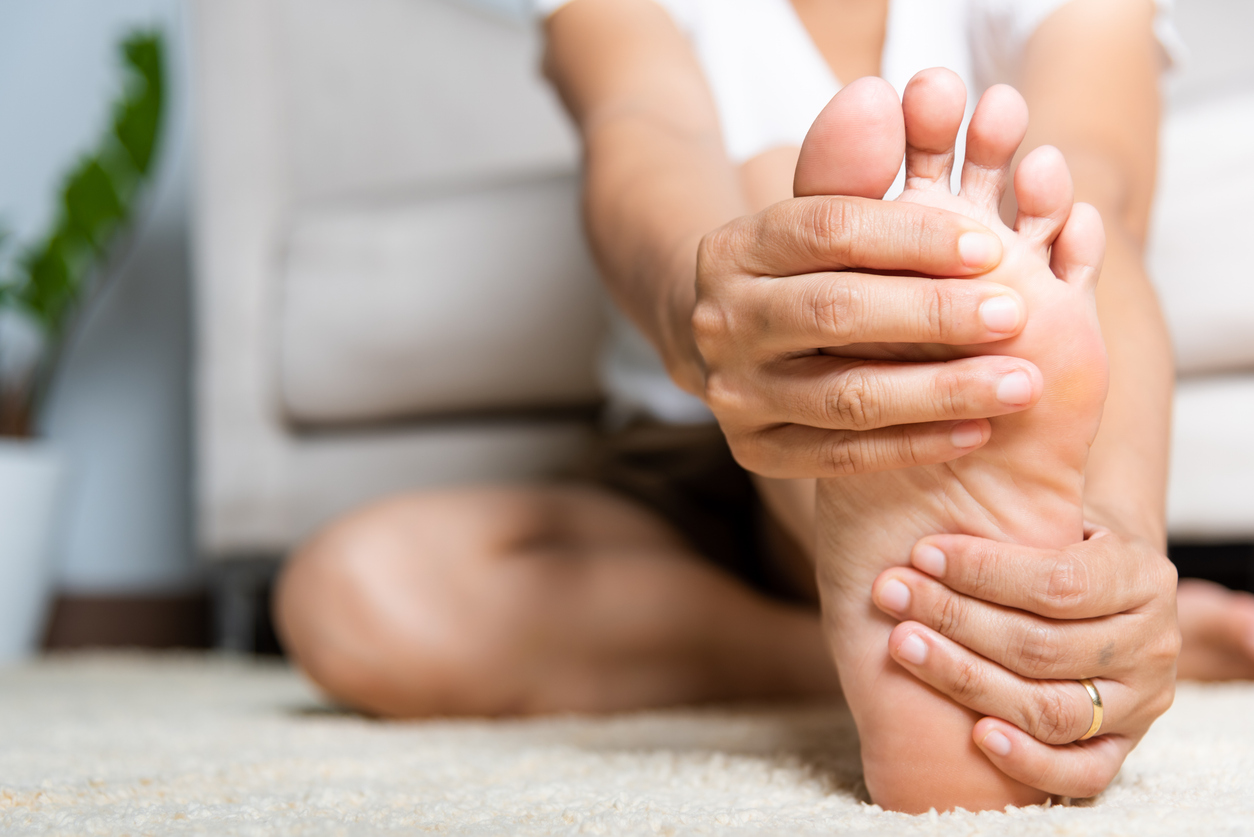
Orthopaedics has long been a field focused on restoring movement and alleviating pain. The demand for orthodaedic treatment is unfortunately on a rise: according to one of the latest studies presented at the 2023 Annual Meeting of the American Academy of Orthopaedic Surgeons found that, based on projection models, orthopaedic surgeons will need to either to increase the number of surgeons by 10% every 5 years or increase their total joint arthroplasty (TJA) caseload by 100% to meet the demand. And as orthopaedic surgeons work is fraught with high rate of burnouts, recent advancements have brought forth a new era of treatments and technologies, significantly improving patient outcomes and cases requiring surgeries.
Minimally Invasive Techniques: A New Age of Surgery. Minimally Invasive Surgery (MIS) represents a major shift in orthopaedic surgery. It has been known and used as a common diagnostic tool since the 1930s and 1940s. Unlike traditional open surgery, MIS involves smaller incisions, resulting in less pain, shorter hospital stays, quicker recoveries and many more advantages. Techniques like arthroscopy (performed using an arthroscope, an endoscope that is inserted into the joint through a small incision) and robotic-assisted surgeries are becoming commonplace.
Prosthetics and Orthotics: Restoring Independence. The field of prosthetics and orthotics is witnessing revolutionary changes. Advanced materials and digital technologies have led to the development of more functional and comfortable prosthetic limbs. 3D printing, for instance, is now used to create custom-fit prosthetics, enhancing the mobility of amputees.
Regenerative Medicine: The Promise of Repair and Restoration. Regenerative medicine is arguably the most exciting development in orthopaedics. This field focuses on repairing and regenerating damaged tissues and bones. Techniques like stem cell therapy and tissue engineering are showing promising results in treating conditions like osteoarthritis and spinal injuries. Regenerative devices like Vega by Sensonica® proved to be effective in treatment of wide range of orthopaedic disorders, rejuvenation of tissues and joints resulted by injuries.
Physiotherapy: The Power of Non-Surgical Treatment. Physiotherapy plays a crucial role in the non-surgical treatment of musculoskeletal disorders. It’s not just about rehabilitation post-surgery but also about preventing injuries and managing chronic conditions. New physiotherapy techniques, including virtual reality and AI-driven exercise programs, are proving effective.
The Multidisciplinary Approach: Collaborative Care for Better Outcomes. A multidisciplinary approach is becoming the standard in orthopaedic care. This involves a team of surgeons, physiotherapists, occupational therapists, and other specialists working together to provide comprehensive care. This collaboration leads to more personalized treatment plans and better overall patient outcomes.
The field of orthopaedics is evolving rapidly, bringing new hopes and improved mobility to patients. From minimally invasive surgeries to advanced prosthetics and regenerative treatments, these developments are not just about restoring movement; they are about enhancing the quality of life. As we look to the future, the integration of technology and personalized care models will continue to drive innovation in orthopaedic treatments.



